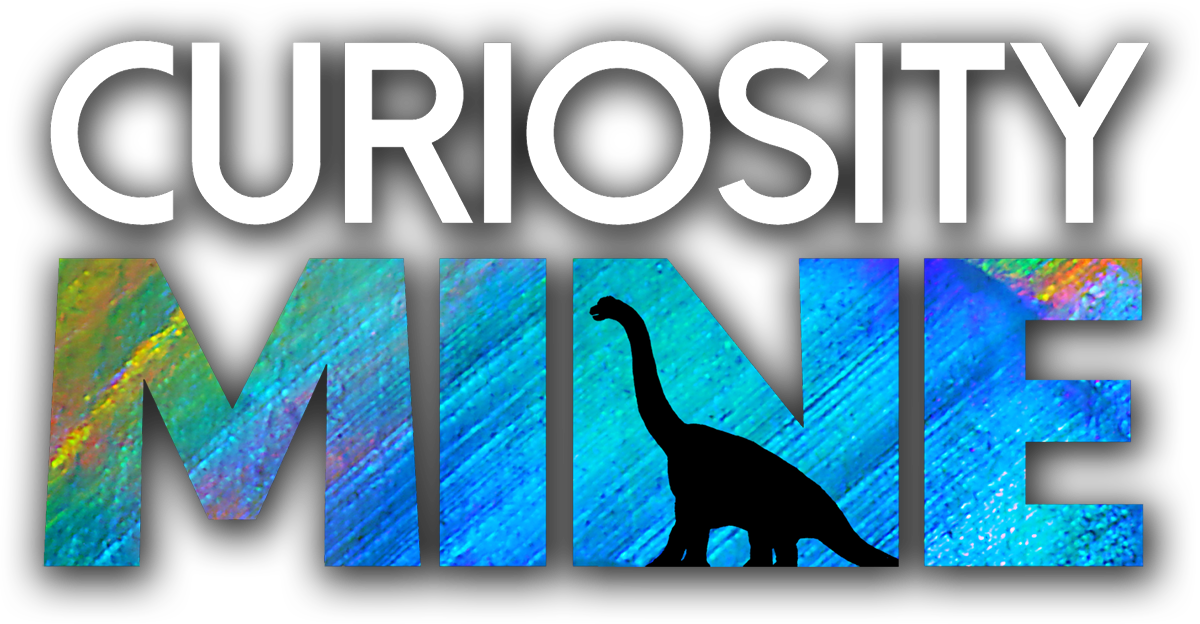Great Gastropods & Marvellous Mussels (Fine Details Preserved) →
Dr. Elizabeth Smith from the Australian Opal Centre shows us part of the AOC's amazing collection of fossilised shelled creatures: snails and mussels!
“Welcome to Fine Details Preserved — a little series of videos featuring awesome items from the collections of the Australian Opal Centre and the Lightning Ridge Historical Society. In this series we’ll look at some incredible objects ranging from opalised fossils to opal mining heritage items to strange mystery objects that will make you wonder.”
Follow the Australian Opal Centre on Facebook: http://facebook.com/australianopalcentre































































